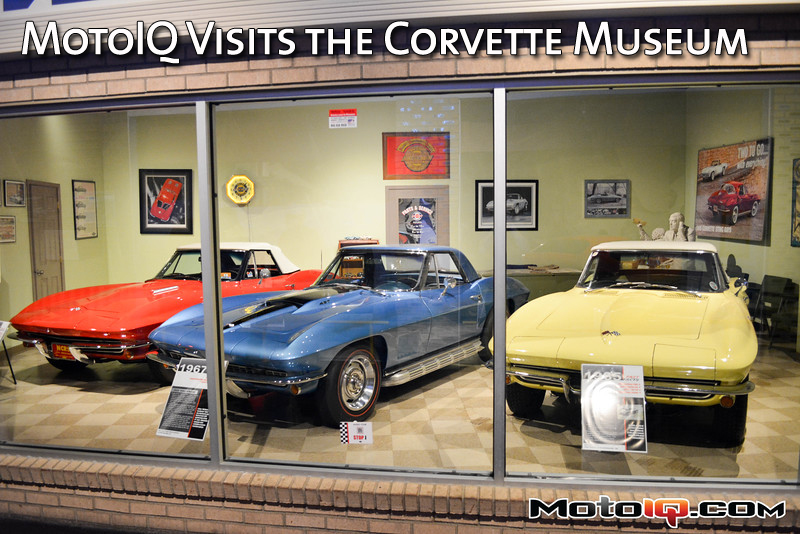,
 One need look no further than the fuel system and battery box in the fully finished trunk to see the level of detail that was put into this car. No zip ties or junkyard parts here!
One need look no further than the fuel system and battery box in the fully finished trunk to see the level of detail that was put into this car. No zip ties or junkyard parts here! The engine is a big block (I forgot to take notes on which motor exactly) with four twin draft carbeurators feeding the massive motor. Mallory ignition fires the spark plugs and an oversized, canted radiator cools this beat. While it is a show car, there is certainly some serious hardware built into this car.
The engine is a big block (I forgot to take notes on which motor exactly) with four twin draft carbeurators feeding the massive motor. Mallory ignition fires the spark plugs and an oversized, canted radiator cools this beat. While it is a show car, there is certainly some serious hardware built into this car. Sitting in the same room as the Grand Sport replica above is this lone C4. What makes this particular car so special? This is the only 1983 Corvette in existence. In 1982 production of the C3 ceased as Chevrolet worked on the brand new C4, a complete ground-up new design. Unfortunately this lead to many quality and parts delays. Of the 43 1983 prototypes, 42 were either crushed or reclassified as 1984s. This one car was a display car for many years before being brought to the museum. This car barely survived being dropped into the sinkhole a year ago.
Sitting in the same room as the Grand Sport replica above is this lone C4. What makes this particular car so special? This is the only 1983 Corvette in existence. In 1982 production of the C3 ceased as Chevrolet worked on the brand new C4, a complete ground-up new design. Unfortunately this lead to many quality and parts delays. Of the 43 1983 prototypes, 42 were either crushed or reclassified as 1984s. This one car was a display car for many years before being brought to the museum. This car barely survived being dropped into the sinkhole a year ago. This 1953 C1 was the genesis for the museum. In the late 1980s, the National Corvette Restorers Society (NCRS) decided they wanted to put together an archive and library of all things Corvette. As the idea was bounced around, one member of the group said “You’re a bit shortsighted. If you make a museum, I’ll give you my car.” That member was Ray Quinlan and this was his car. The idea took off and eventually gained the support of GM and Chevrolet. On September 2, 1994 the Corvette museum opened to the public.
This 1953 C1 was the genesis for the museum. In the late 1980s, the National Corvette Restorers Society (NCRS) decided they wanted to put together an archive and library of all things Corvette. As the idea was bounced around, one member of the group said “You’re a bit shortsighted. If you make a museum, I’ll give you my car.” That member was Ray Quinlan and this was his car. The idea took off and eventually gained the support of GM and Chevrolet. On September 2, 1994 the Corvette museum opened to the public. Zora Arkus-Duntov was not the man who created the Corvette. He started working for GM in 1953 after the first Corvettes were already being built. But he was the man who transformed the Corvette from the 1953 equivalent of a Miata into the all American sports car we know it as today. He worked for GM for two decades and in that time never owned a single Corvette. When he retired he bought this 1973 Stingray. Originally green, he had it repainted and modified it a bit. It was bought by a collector in 1989 from Duntov himself. After Duntov passed away, the collector donated it to the museum.
Zora Arkus-Duntov was not the man who created the Corvette. He started working for GM in 1953 after the first Corvettes were already being built. But he was the man who transformed the Corvette from the 1953 equivalent of a Miata into the all American sports car we know it as today. He worked for GM for two decades and in that time never owned a single Corvette. When he retired he bought this 1973 Stingray. Originally green, he had it repainted and modified it a bit. It was bought by a collector in 1989 from Duntov himself. After Duntov passed away, the collector donated it to the museum.


